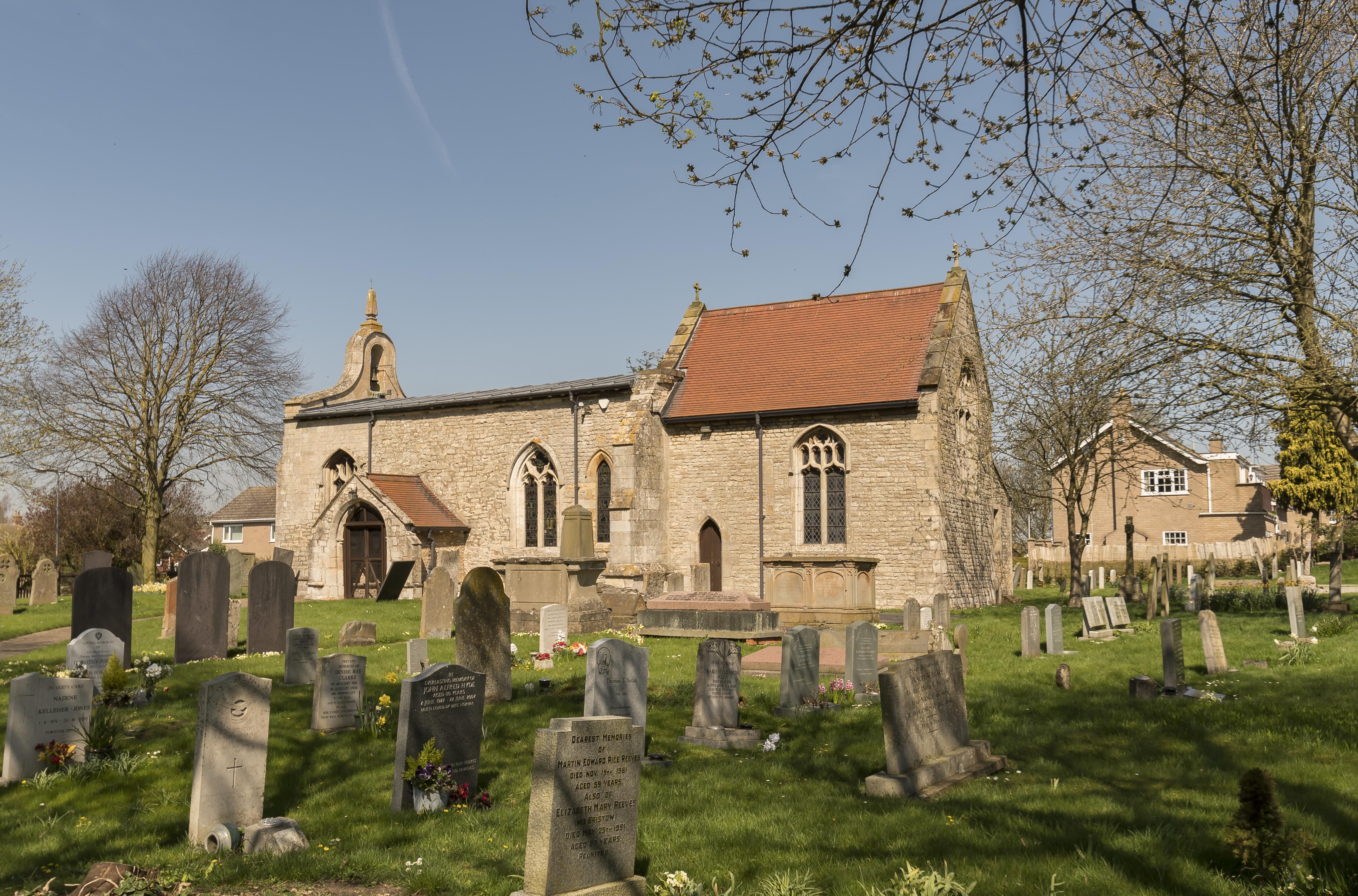Eglwys Crist
Yr Orsedd, Clwyd
Adeiladwyd yr eglwys gyntaf ar y safle hwn yn 1841, ond fe’i difrodwyd yn ddifrifol gan dân. Yn ôl yr hanes, ym mis Mai 1891, cynhaliodd y Ficer ‘briodas yn yr adfeilion’.

Surrounded by its beautiful, historic and thousand year old churchyard, the ancient church is one of the oldest in Lincolnshire.
Cranwell, Lincolnshire
Cranwell was in existence when King Canute invaded through the Humber and became a ‘war prize’ granted to Ulf, one of King Canute's generals. Little remains of the early Saxon church, but the Norse Viking gravestones displayed in the church stem from that time and there are beautiful Norman arches.
The church was probably built to serve a settlement dating from the time of King Alfred (849-899). Unusually for church of this age, a consecration cross survives and its style suggests that north eastern corner of the original stone building dates from somewhere between the years 950 to 1050.
During the reign of Edward the Confessor a Dane, Ulf of Fenisc, was one of the greatest landowners in Lincolnshire and his lands included the Manor of Cranwell. The manor belonged to Ulf until September 1066 when Ulf's lands were confiscated by the Normans.
A few year's later in 1086 the Domesday Book lists the manor as being in the ownership of the new Norman lord, Gilbert de Gaunt. Gilbert de Gaunt was William the Conqueror's wife's nephew and one of his seventy tenants in chief. It was probably Gilbert de Gaunt who extended the church by the addition of a north aisle separated from the nave by the colonnade of Norman arches.
The fine stone carvings mounted on the aisle wall are Norse ringerike dating from this turbulent era and these may well be the remains of Ulf of Fenisc's tomb. It is likely that Ulf's tomb was destroyed by the Normans when they extended the church. The carved stones were discovered in the foundations of the north aisle when the organ chamber was built at the beginning of the 20thCentury.
Today, the churchyard is the final resting place for many who have served in the Royal Air Force. The churchyard contains 25 Commonwealth burials of the First World War and 58 from the Second. There are also four Polish war graves. During the Second World War the RAF plot, in the eastern part of the churchyard, was used for service burials not only from Cranwell RAF station but from others also, including Finningley and Binbrook.
Yr Orsedd, Clwyd
Adeiladwyd yr eglwys gyntaf ar y safle hwn yn 1841, ond fe’i difrodwyd yn ddifrifol gan dân. Yn ôl yr hanes, ym mis Mai 1891, cynhaliodd y Ficer ‘briodas yn yr adfeilion’.
City of London, Greater London
The Dutch Church is a reformed church on the site of the 13th century Augustinian friary, the original building granted to Protestant refugees for their church services in 1550 was destroyed during the London Blitz.
City of London, Greater London
The church lies over the remains of the Basilica, the northern most part of the great Roman Forum built in the first century AD.